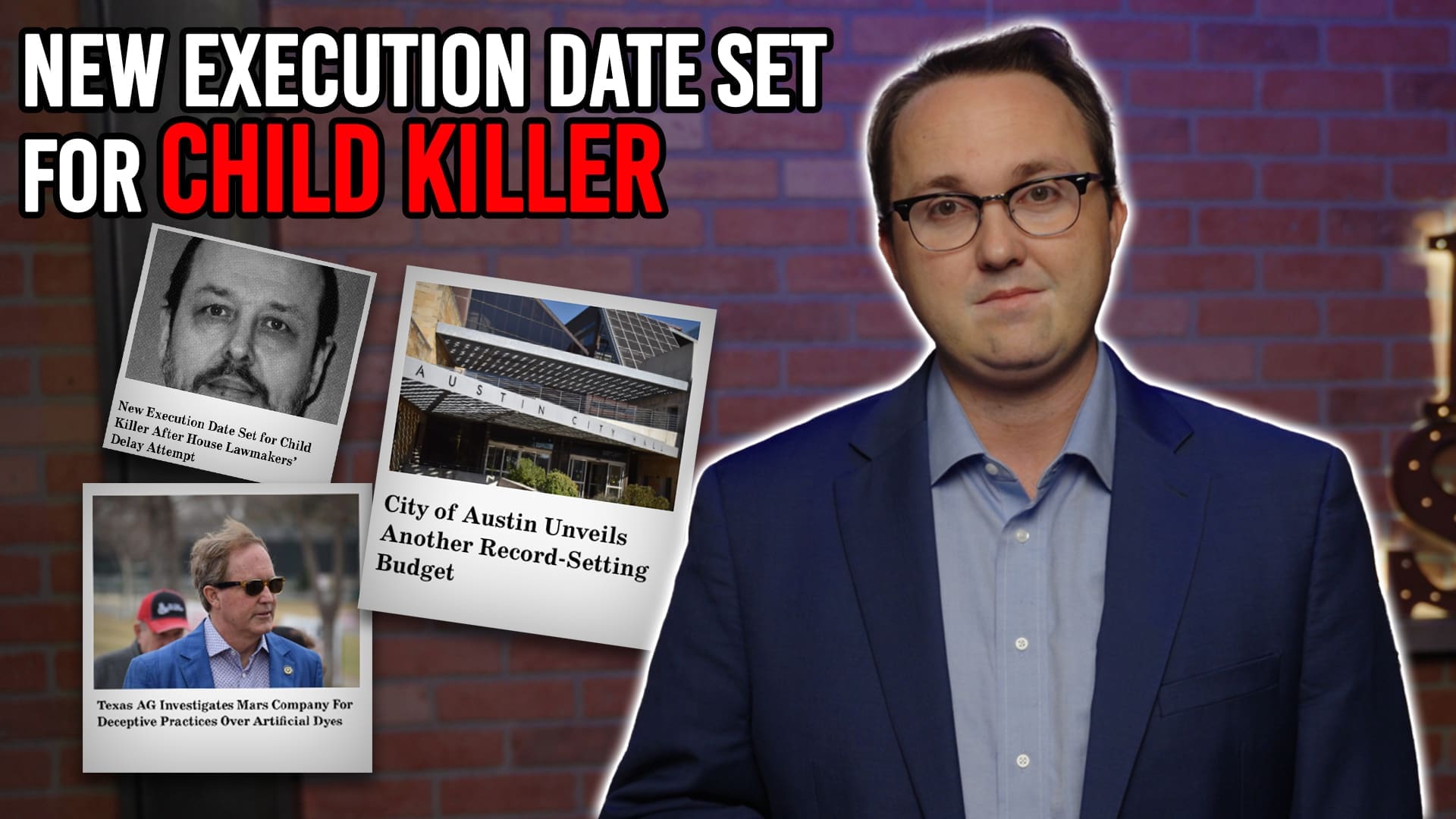The Texas Department of Transportation (TxDOT) recently held a public hearing for a controversial project in Houston – a dedicated bus lane from I-10 to Post Oak Lane in the Galleria. And while the vast majority of the hearing was set aside for public comment and questions, TxDOT representatives refused to respond.
Although the “informational session” was marginally better than the last, it was still obvious it wasn’t an earnest effort to foster a collaborative relationship with the community, rather it was designed to merely make an appearance of appeasing concerns from residents.
A reoccurring concern was the impact this project would have on the quality of life of residents living in the area. Dedicated bus lanes would increase the noise pollution and disrupt traffic patterns. Since the lanes would be exclusively reserved for the buses the backup on the undedicated lanes and side streets in response would cause gridlock for commuters traveling through the area.
Feasibility, cost effectiveness, and potential ridership figures poses more concerns for the project. METRO has seen steady decreases in ridership numbers over the years. Their attempt to fix that—last summer’s network redesign—only exacerbated the problem.
The Galleria area is the fourth largest shopping area in the nation and yet, the current Post Oak bus route averages only about 5,000 riders a day which isn’t even half of the ridership of Metro’s most popular routes. Of the cost effectiveness the President of the Uptown (Galleria) TIRZ said, “It’ll save $70 million a year in reduction in frustration of longer travel times.” It remains unclear exactly how to calculate the cost of frustration.
But with the new lanes making traffic worse, the proposal is sure to make commuters even more frustrated.
Residents living in the neighborhood most affected, Lafayette Place, were concerned about the impact that the 27-month construction and related alteration of traffic patterns would have on their property values. Dan Smith, an older homeowner, spoke about his future saying that because of his age he would most likely be considering moving into an assisted living complex in the next few years.
With the project slated to begin in late 2017 and proceed for more than two years his fear is that his only option is to sell now if he wants to sell his condo for a reasonable amount.
Unsurprisingly, the people who showed up to speak in favor of the project all had a vested financial interest in it and were representatives of governments or other organizations involved.
Some public Supporters:
- Caitlin Mcneely – Communications and Program Development, Houston Tomorrow
- Robin Holzer – former Transportation Planning Consultant, Downtown Management District
- Theresa Rodriguez – Board Member, Transportation Advocacy Group (TAG)
- J. Widacki – Area Manager, Parsons Civil Engineering & TAG Member
- John Breeding – President, Uptown Houston District & Administrator, Uptown TIRZ/UDA
- Amanda Hammond – Business Development Manager, City of Houston
- Ryan Reichert – Vice President of Security, Houston Texans
Although you’ll see plenty of stakeholders and beneficiaries on the list of supporters, what you won’t see are taxpayers and homeowners.
The failure for government officials to address public concerns raises several questions.
Are these neighborhoods acceptable casualties to transit agency’s growth goals that TxDOT is foisting upon skeptical taxpayers? If the only proponents of a project are those employed or loosely associated with it, shouldn’t that raise even more concern? What is the purpose of providing a public service to “solve” a problem, when the proposed “solution” actually makes the problem worse?
Galleria residents have protested and petitioned against this project, yet the Uptown TIRZ continued to move forward anyway.




